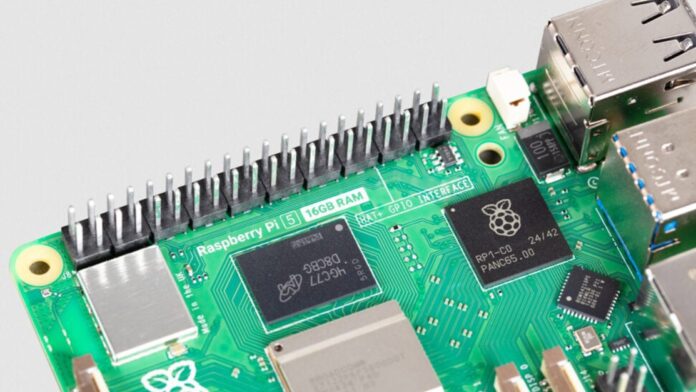News
Featured
A Coding Implementation of Accelerating Active Learning Annotation with Adala and...
In this tutorial, we’ll learn how to leverage the framework to build a modular active learning pipeline for medical symptom classification. We begin by installing and verifying Adala alongside required dependencies, then integrate Google Gemini as a custom annotator to categorize symptoms into predefined medical domains. Through a...




![galaxy-s25-high-quality-render-leak-shows-off-the-best-parts-gallery.jpg Galaxy S25 high-quality render leak shows off the best parts [Gallery]](https://aiobserver.co/wp-content/uploads/2025/01/1623-galaxy-s25-high-quality-render-leak-shows-off-the-best-parts-gallery-696x364.jpg)




